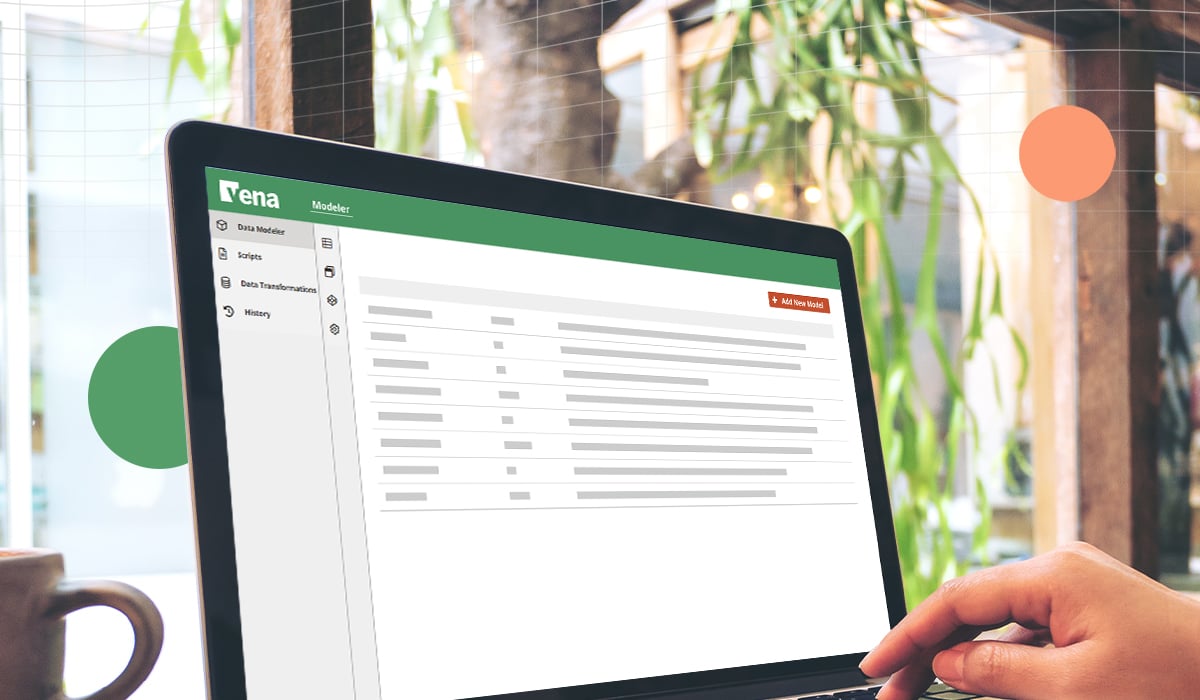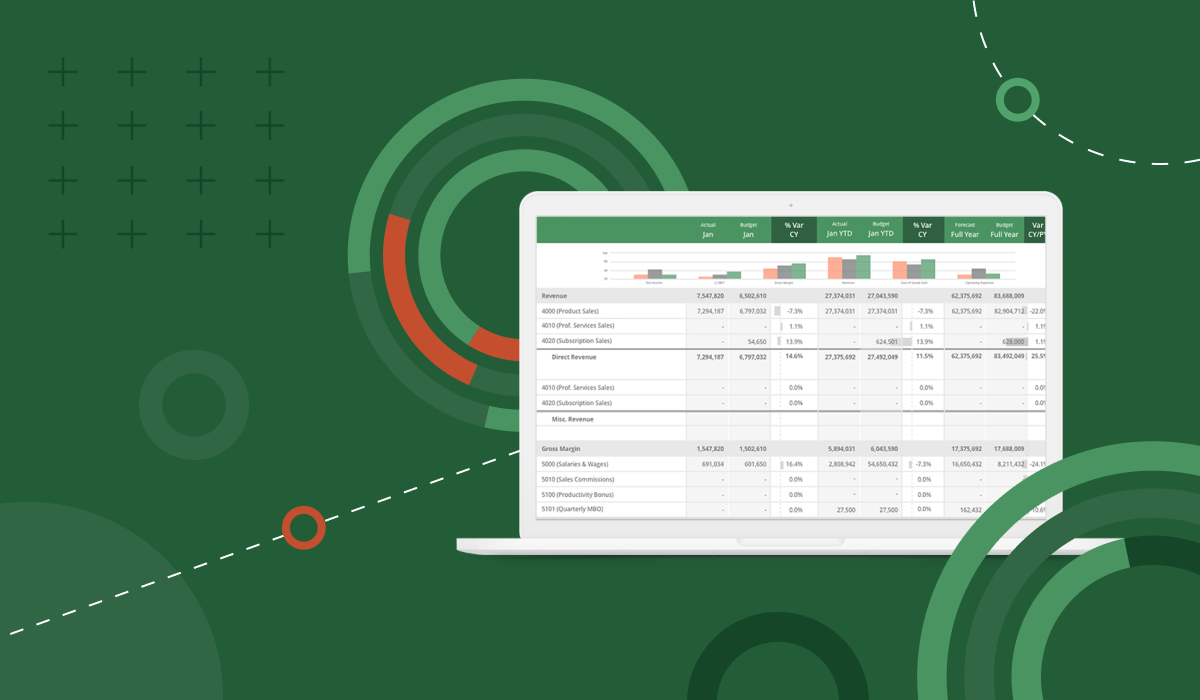According to the inaugural Vena Industry Benchmark Report, 40% of businesses don't do any scenario modeling before making adjustments to forecasts.
The new report draws from the insights of 350 business leaders and finance and operations professionals across industries and from around the world. When asked if organizations engage in a scenario modeling plan before making forecasting adjustments, 40% of survey respondents replied "no," while 60% said "yes."
This finding raises questions especially relevant during this period of unprecedented change: If you aren't regularly testing business plans against potential future scenarios, how can you ensure forecasts are as well-informed as possible? And without thoroughly analyzing what might happen in the future, how can business leaders align goals and prepare for what does happen?
With business conditions evolving as rapidly as they are today, businesses need to be ready for anything--whether that's making it through a cash crunch, preparing for resource reallocations or adapting to a new operating model. But if there's no clear process in place for determining how potential changes will affect the bottom line, it's difficult to plan proactively based on reliable financial assumptions.
That's why scenario modeling and analysis is such an important aspect of effective finance-led business planning. By testing budgets and forecasts against a range of assumptions and business drivers--both internal and external--you can mitigate risk and better understand how decisions made today will impact the bottom line tomorrow. And even though it's impossible to prepare for every possible business outcome, modeling multiple scenarios helps you identify your most variable KPIs, measure the influence of changes and then factor that information into your business plans going forward.
To make the job of modeling multiple scenarios easier, move away from manually running models in offline spreadsheets and leverage predictive analytics to generate reliable scenario models in minutes. Plus, by providing a consolidated view of company-wide data and conducting variance analysis between previously forecasted periods, you can account for both historical trends and real-time actuals when choosing which scenarios to analyze--ultimately resulting in a more thorough, focused planning process with inputs from every business function.
If 2020 has taught us anything, it's that budgets and forecasts will always need to change at some point. But through agile scenario analysis, you can turn change into an opportunity to re-align your business plans and chart the best course for the future--no matter what that future might look like.
Learn more about how you can empower your finance team with scenario modeling so you can make faster, smarter decisions for the future of your business.
Download Vena's Industry Benchmark Report here.






